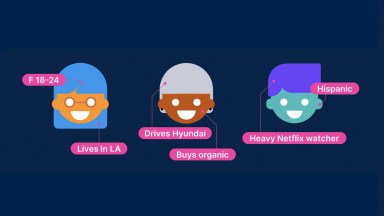The esports industry is growing quickly, with new leagues, teams and distribution channels. And this growth is attracting new high-profile esports investment from brands, media organizations and traditional sports rightsholders.
From 2016 through the middle of 2017, more than 600 esports sponsorship agreements were made. And while technology, gaming and consumer electronics brands dominate, more non-traditional esports brands are entering the picture. Automotive, food and beverage, personal care, finance and insurance brands that have been prevalent in traditional sports are investing in esports as well.
But while some brands are generating significant returns on their investments in esports, others have frankly missed the mark. Opportunities in esports are available to many—but not without a clear strategy on how and why to execute, as well as a reliable way to measure esports sponsorship values, audience dynamics and viewership.
Understanding Esports’ Appeal
For brands, part of esports’ allure is reaching the valuable Millennial male segment. A recent Nielsen esports fan insights study showed that the Western esports audience is 71% male, with an average age of 26. However, reducing the value of this category to this one demographic doesn’t do it justice. The esports audience is as complex as any established sport, with notable differences across games, genres, markets and more.
One similarity across the industry, however, is fans’ penchant for watching content over-the-top (OTT), with live online streaming one of the most common ways to view esports events. While television programming for esports is rapidly developing, this digital-first environment is changing the conversation around broadcast standards for esports, as well as traditional sports.
One hesitation for brands looking to enter the esports market has been the common misconception that esports fans reject sponsorship or brand involvement. Our research shows quite the opposite. The majority of esports fans have a positive or neutral attitude towards brand involvement in esports, with less than 10% feeling outright negative. However, fans do expect brands to show a similar passion for esports and integrate sponsorships in a way that is seamless and additive to fans’ entertainment experience.
Measuring Brand Exposure
Esports stakeholders have increasingly voiced their desire for more professionalization and unbiased, independent measurement within the industry. While the growth of esports and the potential it holds is no doubt incredible, a realistic understanding of the size of this opportunity is important.
This year, Nielsen began a syndicated measurement of esports brand exposure, called Esport24, using the same sponsorship media valuation approach as in traditional sports. And our research found that, in events tracked through the first half of the year, sponsorship assets and execution within esports events still vary dramatically for any given game or event.
On average, overlays and on-screen graphics had the largest share of voice, followed by apparel, in-venue signage, equipment and in-game logos. Besides sponsorship during events, brands are also increasingly using original content and social activations to connect with fans and engage with an audience hungry for more of what they love.
As brands take the time to learn more about esports in a nuanced way, we expect to see ever more relevant, engaging and ground-breaking activations with impressive returns on investment.
This article originally appeared on AW360.



